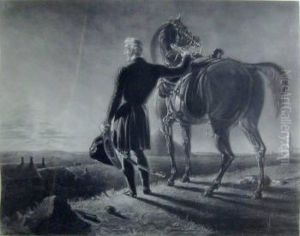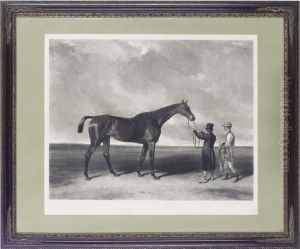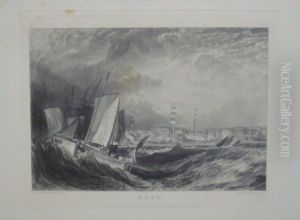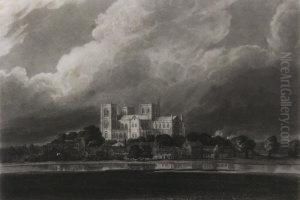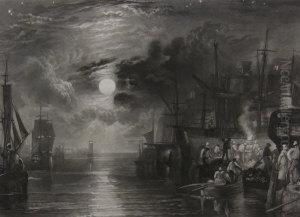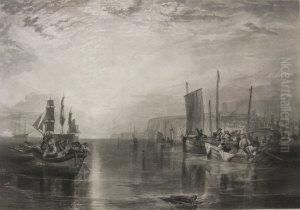Thomas Goff Lupton Paintings
Thomas Goff Lupton was an English engraver and mezzotint artist born in 1791. Although not as widely known as some of his contemporaries, Lupton was a respected figure in the art world during his time. He specialized in the mezzotint process, which is a printmaking technique that allows for the creation of images with soft gradations of tone. This was particularly well-suited to the reproduction of paintings, which was a popular practice in the 19th century as a means of disseminating works of art to a broader public.
Lupton's skill in the mezzotint technique was recognized in his lifetime, and he worked with a number of prominent artists of his day. He was particularly known for his collaborations with the famous British painter J. M. W. Turner. Lupton translated several of Turner's works into mezzotints, which helped to enhance his reputation. The partnership between painter and engraver was a common one in the period, with the engraver playing a crucial role in interpreting and presenting the painter's work in a different medium.
Throughout his career, Lupton exhibited a number of his works at the Royal Academy in London, which was a notable achievement for any artist of the time. His dedication to the craft of engraving and the quality of his work ensured that he was held in high regard by his peers.
Thomas Goff Lupton lived through a period of significant change in the art world, with the rise of new artistic movements and the advent of photography, which would eventually change the landscape for traditional printmaking techniques like mezzotint. Despite the shifts in the art market, Lupton continued to produce work that was valued for its craftsmanship and aesthetic quality. He passed away in 1873, leaving behind a legacy as a master engraver whose works contributed to the dissemination and appreciation of fine art during the 19th century.
